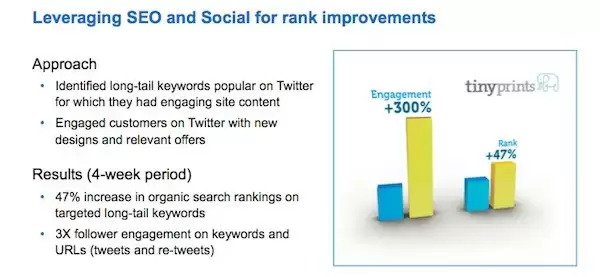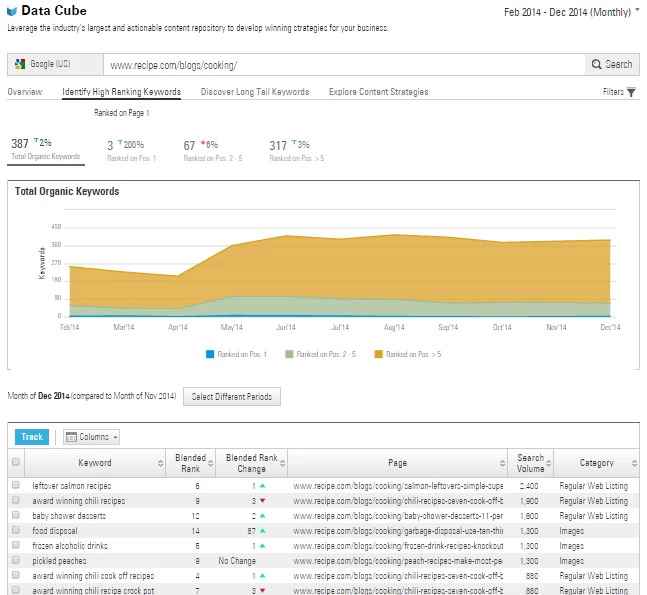Why blog? You’ve heard it time and again: producing fresh, quality content that engages your readers is key to building your brand online and driving Web traffic to your site. Doing so on a consistent basis is a challenge for most, especially when it comes to keeping your company blog updated with the most relevant, compelling topics. So how do you come up with interesting blog ideas? How to choose a blog topic? Aside from using marketing analytics software that can give you insights around topics driving demand, we wanted to explore some non-techy options that involve social listening as well as industry forums and news. Read on.
- Social Listening
Social listening means just that: keeping an “ear” open for what people are currently discussing on social media channels. You’ll want to focus on your target market’s conversations. This strategy is predicated on knowing where in the social media sphere your likely prospects and customers are. Social demographics and well-honed customer personae can help you cut through the “noise” and direct your social media monitoring efforts. Here are a few of the social platforms to consider:
If your company is primarily B2B (business to business), you’ll likely want to lend an ear to the conversations occurring within LinkedIn groups relevant to your vertical – as well as your own LinkedIn page. (If you haven’t developed your own as a brand, it’s highly recommended you do so). Pay attention to the topics that drive the most heated or otherwise lively conversations. By identifying these, and tracking the original links to the blog posts and industry articles spurring these conversations, you’ll have the material you need to create a blog post that addresses the concerns of your niche market. Jim Yu explains more on ‘Optimizing LinkedIn like A Pro in this article here on Marketing Land
- Google Plus
As with LinkedIn, if you haven’t yet developed a Google+ page, now is the time to do so. Besides its ties to Google search results, creating a robust G+ community can also provide you with material ripe for blog posts, much like LinkedIn. To fully leverage this platform, you’ll want to share not only your own content, but also other updates that are useful to your target market. This makes your G+ page less about you and more about your readers, which will pay dividends in the long run in terms of establishing authority and credibility, as well as driving traffic to your site. In turn, you’ll have that much more raw material in the way of visitor comments and links from which to create blog posts that will capture your target market’s interest.
Facebook’s organic reach may be next to nothing, but if you’re primarily B2C (business to customer), you should establish and nurture a Facebook business page. As with Google+, posting useful links not only to your own blog, but also to other (non-competitive) sites can spur discussions that inform your blogging strategy; you can answer questions, provide helpful follow-ups, and elaborate on topics that are driving discussions!
Twitter Trends is a list on the social platform provides that captures breaking news and real-time trending topics. As its 2010 official blog post explains, Twitter’s Trends are generated by an algorithm “that attempts to identify topics that are being talked about more right now than they were previously.” Obviously, not all of Twitter’s trending topics will prove relevant to your target market. If you’re in the search marketing industry, #search or #SEO discussions trending on Twitter may well be your target niche. Keeping a finger on the pulse of these developments is a great way to keep a step ahead with a blog post that captures the latest and greatest topics being discussed on this platform.  Tiny Prints saw a 47% increase in search rankings by using Twitter and BrightEdge. Read the full case on the Twitter website.
Tiny Prints saw a 47% increase in search rankings by using Twitter and BrightEdge. Read the full case on the Twitter website.
- SlideShare
Another social media platform that you may want to include in your social monitoring efforts is SlideShare. If you haven’t yet leveraged SlideShare for your presentations, consider doing so. This simple PPT presentation platform drives industry awareness and interest; for those presentation uploads that prove more popular, consider re-purposing the content into a blog post. http://www.slideshare.net/brightedge
- Industry Forums and News
Is your brand represented in a professional organization or industry association? Does it publish a regular newsletter or authoritative articles? The topics covered may well be ripe for a blog post, or a series of articles, depending on how in-depth the original content is. Look for an angle on a timely issue or news item introduced by the newsletter or forum, and elaborate on the subject that others in your profession or vertical would likely appreciate (while avoiding plagiarism, of course!).
- Blog Post Comments & Questions: Yours and Your Competitors’
While it may seem painfully obvious, your own blog can provide interesting post ideas via reader comments and questions. Pay attention to those posts that foster considerable reader interest as gauged by social sharing, comments, and questions, then create follow-up posts that elaborate on the initial post and/or address specific comments or questions.
- Help Section
Contact your Customer Service department and generate a ranked list of what topics and questions come up the most on the phone and in email or the online forums. The Customer Service knowledge base used to answer the questions will give you significant content to use in the post itself. Writing blog posts on customer questions has the additional benefit of providing more exposure of the answer and how to self-solve, which will also help lower CS calls and costs.
- BrightEdge Platform

A second source of compelling post ideas can be gleaned from your competitors’ blogs. See what topics are driving interest in the way of social sharing and discussions, and beat them to the punch with your own blog post that answers their readers’ questions or concerns. BrightEdge customers have an incredibly powerful resource in the Data Cube.
The Data Cube can provide a comprehensive list of keyword topics that rank on page one, two, or three and which pages on your competitor site they point to. This query for recipe.com returns over 300 blog post topics that rank on page one, two, or three and should help seeds dozens of blog topics for your blog calendar. These five ways to come up with interesting blog ideas only scratch the surface.
Do you have any suggestions? Please share them with us in the comments below.
